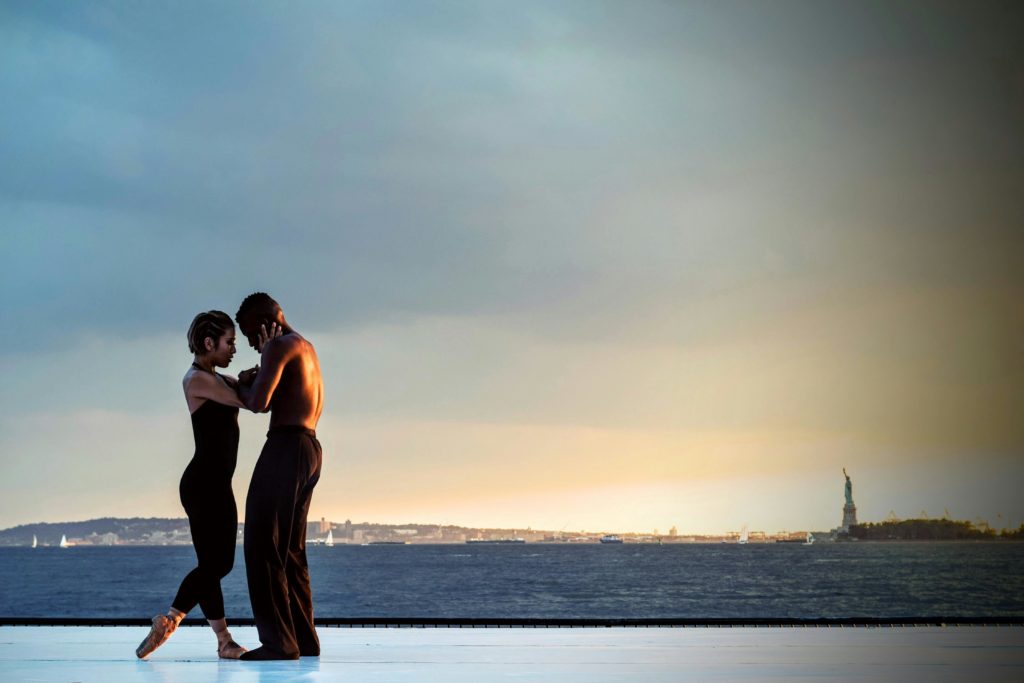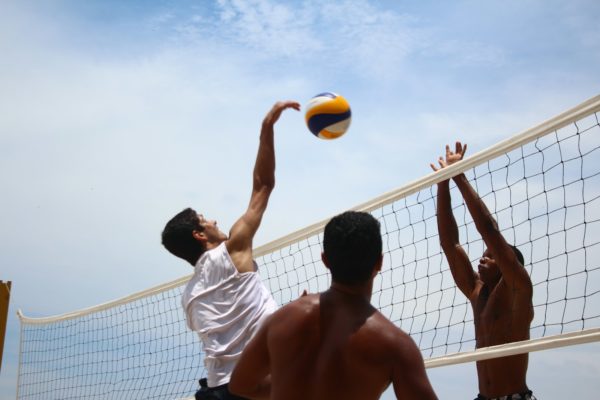Dedicated training for artists and specific sessions to integrate the approach into the artistic and scenic process.
Artistic expression and performance requires a subtle balance between technique, creativity and emotional connection. ActionTypes® training, designed specifically for artists, provides unique tools to integrate motor and cognitive preferences into their practice.
These courses help artists maximize their fluidity, build confidence on stage, and express their art in an authentic and impactful way.
1. Why training adapted to artists?
Each artist is unique, and the challenges they face vary with their discipline and style:
- Dancers: Maintain fluidity of movement while reducing physical tensions.
- Musicians: Maintain accuracy despite fatigue or jitters.
- Actors: Manage emotions to remain authentic in their interpretation.
- Painters and visual artists: Adapt their approaches to respect their gesture preferences.
The benefits of ActionTypes® training for artists:
- Discover the natural preferences that influence their artistic expression.
- Adapt their techniques to better respect their motor dynamics.
- Learn to welcome stress and emotions in a creative or performance situation.
“With ActionTypes®, I discovered how to use my natural strengths to enrich my acting. It changed the way I approach roles.” – Theatre actor.
2. Content of training for artists
ActionTypes® training is designed to be practical, interactive and personalized.
1. Identify natural preferences
- Analysis of the motor and cognitive dynamics specific to each artist.
- Exploration of areas of fluidity and innate expression patterns.
- Understanding of potential brakes and recurring stresses.
2. Adapt art techniques
- Adjust postures, gestures and movements to respect the natural dynamics.
- Strategies to build endurance and reduce the risk of injury.
- Ways to improve accuracy and fluidity in artistic practice.
3. Acceptance of emotions and scenic stress
- Ways to turn anxiety into positive energy.
- Centering exercises to reinforce stage presence.
- Simulations to learn how to handle emotionally demanding situations.
4. Foster the creative process
- Variations to overcome artistic blockages.
- Ways to use motor and cognitive preferences as a lever for creativity.
- Proposals to maintain constant inspiration.
3. Practical applications of training
Case study: A contemporary dance company
A company had difficulty synchronizing the dancers’ movements during a complex choreography. After training ActionTypes®:
- The dancers have learned to integrate their motor preferences into collective movements.
- The rehearsals have become more fluid and less strenuous.
- Consequence: a stronger cohesion and a more impactful stage performance.
Case study: An orchestra musician
A violinist suffered from recurring tensions during long rehearsal sessions. Thanks to the ActionTypes® analysis:
- He adjusted his posture to his motor preferences.
- He has integrated specific exercises to relieve tensions.
- Result: prolonged sessions without pain and an improvement in its musical precision.
4. Testimonies of trained artists
Camille, professional dancer:
” This training helped me understand why some movements seemed more natural to me than others. Today, I dance more fluently and less tired.”
Thomas, painter:
” By adjusting my technique according to my natural strengths, I gained in precision and creativity. My work has taken on a whole new dimension.”
Isabelle, actress:
” I was having trouble staying connected to my emotions without being overwhelmed. ActionTypes® allowed me to experiment with ways of finding balance, and my performances became much more authentic.”

Crédit : Pexels / Punttim
5. Measurable outcomes of ActionTypes®
The artists who attended these courses report, among others:
- +30% improvement in fluidity and technical control.
- -25% of tensions and injuries related to unsuitable practice.
- Greater self-confidence and a stronger connection with their art.
- …
6. Modalities of artist training
The training is flexible and adapted to the needs of artists and companies:
- Format: Individual or group sessions, face-to-face or online.
- Duration: Workshops ranging from half a day to several days depending on the objectives.
- Target audience: Beginning or advanced artists, companies, conservatories or art schools.
” Participating in this training was a revelation. I finally found a way to combine my practice and emotions to create performances that look like me.” – Violinist.
Conclusion: Discover a transformative artistic approach
ActionTypes® training allows artists to unlock their full potential, enhance fluency and find a balance between practice and emotion. Whether you are a musician, dancer, actor or visual artist, these sessions will offer you concrete ways to sublimate your art and your performances.



